Home > Company > Tire Safety > Choosing Tires > Determining Tire Size
Once you have determined it’s time to buy tires, you’ll need to know what size tires are correct for your vehicle. Depending on what you drive, you may be interested in how to find the right tire for your…
This information is usually inside your car’s doorjamb, in your owner’s manual. To ensure your current tire or a replacement tire you may be looking at matches your vehicle’s requirements, it will be good for you to understand how tire sizing works. You may have never paid attention to the string of numbers and letters on every tire, but it’s a gold mine of information.
If you’re unsure of how to read tire measurements from your tire walls, the information and graphics below will tell you how to read tire size, understand and interpret it. If you decide you want to substitute a new size or tire type, consult an authorized tire retailer who can expertly advise you, because many optional tire sizes may have different load capacities and could require wheels of a different rim width or diameter and different inflation pressure.
Not sure you need new tires? Our Tire Replacement Guidance article will help you determine whether it’s time to retire your tires.
Most passenger cars, SUVs and light pickups (1/2 ton and smaller) will come with tires that are either P-Metric or Euro-Metric. For P-Metric tires, you’ll see the letter “P” before the number sequence begins: P225/70R16 97H. P-metric is a designation standardized by the Tire and Rim Association for a “passenger car” tire type. For Euro-Metric there will be no preceding letter before the number sequence begins: 225/70R16 98H. Euro-Metric is a designation standardized by the European Tyre and Rim Technical Organization for a “passenger car” tire type. Both P-Metric and Euro-Metric size tires are designed to primarily be used on passenger vehicles, which can include cars, minivans, SUVs, and other light duty pickup trucks.
Both P-Metric and Euro-Metric size tires are designed to primarily be used on passenger vehicles, which can include cars, minivans, SUVs, and other light duty pickup trucks.
If your vehicle is an SUV, Pickup truck or van, you might see a different type of size designation on your placard that is specific for heavy duty light trucks and vans, especially common on ¾ ton and larger pickup trucks and vans. There are two common size types in this category, LT-Metric and Euro-Metric Commercial (aka C-type). Both size types are metric and so use the same structure as P-Metric and Euro-Metric but have some different characters in the size that differentiate them from their passenger car cousins. LT-Metric tires will have the letters “LT” before the size number sequence: LT245/75R17 119/116R Load Range E. Notice that there are two load index numbers and a Load Range, see the section on Load Index for more info. LT-Metric is a designation standardized by the Tire and Rim Association for a “light truck” type tire. Euro-Metric Commercial or C-Type tires will look very similar to a passenger Euro-Metric size except that there will be a “C” right after the rim size: 23/65R16C 121/119R. Notice that the C-type tires also have two load index numbers. Euro-Metric Commercial, or C-Type is a designation standardized by the European Tyre and Rim Technical Organization for a light truck type tire. Light truck tires are designed to be used on vehicles capable of carrying heavy cargo and are usually only specified by a vehicle manufacturer on vehicles exceeding a certain load capacity.
Euro-Metric Commercial or C-Type tires will look very similar to a passenger Euro-Metric size except that there will be a “C” right after the rim size: 23/65R16C 121/119R. Notice that the C-type tires also have two load index numbers. Euro-Metric Commercial, or C-Type is a designation standardized by the European Tyre and Rim Technical Organization for a light truck type tire. Light truck tires are designed to be used on vehicles capable of carrying heavy cargo and are usually only specified by a vehicle manufacturer on vehicles exceeding a certain load capacity.
Other types of tires that fall into the Metric sizing type are Temporary Spares, they start with “T”. If you see a size that starts with “ST,” that means “special trailer” and is only for use on a trailer.
Regardless of whether you are looking at a P-Metric, Euro-Metric, LT-Metric, Euro-Metric Commercial, T or ST tire the numbers in the size mean the same thing.
The first number to appear in your tire size information is the width, in millimeters, of the correct tires for your vehicle: P225/70R16 91S.
Tire width always refers to the measurement from one sidewall to another. Thus, a tire with the measurement “P225” is for a passenger vehicle and has a nominal width of 225 millimeters.
After the slash mark, the next number you see is for the tire’s aspect ratio, which essentially tells you how tall your tire’s profile is: P225/70R16 91S. Aspect ratios are delivered in percentages. Tire makers calculate the aspect ratio by dividing a tire’s height off the rim by its width. If a tire has an aspect ratio of 70, it means the tire’s height is 70% of its width.
Lower aspect ratio tires, such as a 60 series, generally offer vehicle handling performance advantages over higher aspect ratio tires, such as a 75 series, but a typical trade off can be ride harshness.
After the aspect ratio comes a letter that indicates the type of internal construction maintaining your tire’s stability: P225/70R16 91S.
There are two types of construction that you may see on the sidewall of a tire:
Radial tires are the most common tires on the road in the United States today; thus “R” will usually be shown in the tire size designation. Radial construction means the tire’s internal ply cords are oriented in a radial direction, from one bead over to the other, essentially perpendicular to the direction of rotation. You may also occasionally see RF indicating a run flat tire or ZR indicating a tire that is a speed rating higher than V.
The next number is the diameter code, in inches, of the rim onto which the tire can be mounted. For example, a tire with the P225/70R16 91S would fit a rim with a 16-inch diameter.
Load index can be a confusing subject because there are so many different caveats, but we will try to explain everything here.
The next figure after the rim size in the sequence is your tire’s load index, which tells us how much weight, in pounds, the tire can support when fully inflated: P225/70R16 91S
We call it the load “index” because the number doesn’t tell us the precise number of pounds the tire can carry, at least not by itself. However, the number does correspond to a specific load capacity listed in an index. Beginning with 1 and ending with 150, numbers in the load index represent carrying capacities of 99 to 7385 lbs.
There are two types of load types for passenger tires though, Standard Load and Extra Load. If a tire is Standard Load there will be no markings indicating it but if it is Extra Load the letters XL will appear after the size and load index.
Standard Load Euro-Metric: 215/55R17 94V
Extra Load Euro-Metric: 215/55R17 98V XL
Passenger car tires like P-Metric and Euro-Metric will only have one load index number where LT-Metric and Euro-Metric Commercial (C-Type) will have two numbers separated by a slash.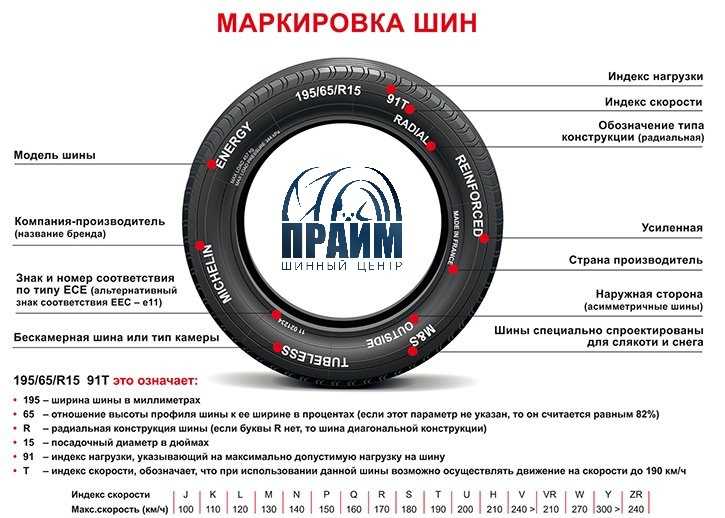 The first number is the load index if the tire is used in a single application, the second number is the load index if the tire is used in a dual application. Passenger type tires cannot be used in a dual application. Light truck tires will also have a Load Range that is indicated by a letter, such as Load Range E. Load Range is an older term that is still commonly used in the industry so you may hear your tire dealer reference it but the load index numbers are the best way to ensure you have the proper tire.
The first number is the load index if the tire is used in a single application, the second number is the load index if the tire is used in a dual application. Passenger type tires cannot be used in a dual application. Light truck tires will also have a Load Range that is indicated by a letter, such as Load Range E. Load Range is an older term that is still commonly used in the industry so you may hear your tire dealer reference it but the load index numbers are the best way to ensure you have the proper tire.
One important but often misunderstood facet about load index is that the load index numbers between standards organizations (P-Metric vs Euro-Metric) are not necessarily on the same scale. Meaning that two tires in the two different systems that have the same load index number could have different maximum load capacities. This is why it’s important to not only look at the load index number but also verify the actual load capacity.
The final figure in a tire size sequence is the speed rating, which is indicated by a letter: P225/70R16 91S.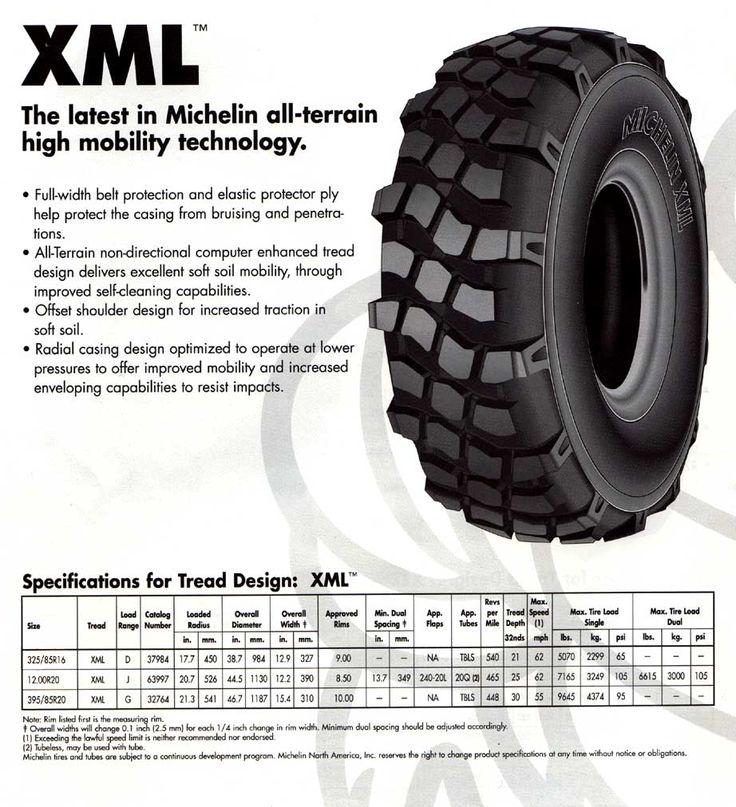 Just as your load index number corresponds to a specific load, your speed rating letter corresponds to a particular speed capability based on a standardized laboratory test.
Just as your load index number corresponds to a specific load, your speed rating letter corresponds to a particular speed capability based on a standardized laboratory test.
For example, a tire with speed rating “S” is rated for up to 112 mph, while a tire rated “R” is up to 106 mph. Remember that this isn’t a recommended cruising speed. Of course, you should always follow legal speed limits on roadways.
Replacement tires must have the same or higher speed rating as the vehicle’s Original Equipment to maintain vehicle speed capability. If a vehicle has tires with different speed ratings, it is the speed rating of the “slowest” tire that dictates the vehicle top speed.
There is one last sizing type that you should know about, especially if you are in the market for off road tires for a light truck or SUV. It’s called a Flotation size and the numbers in this sizing format are very different from the Metric formats.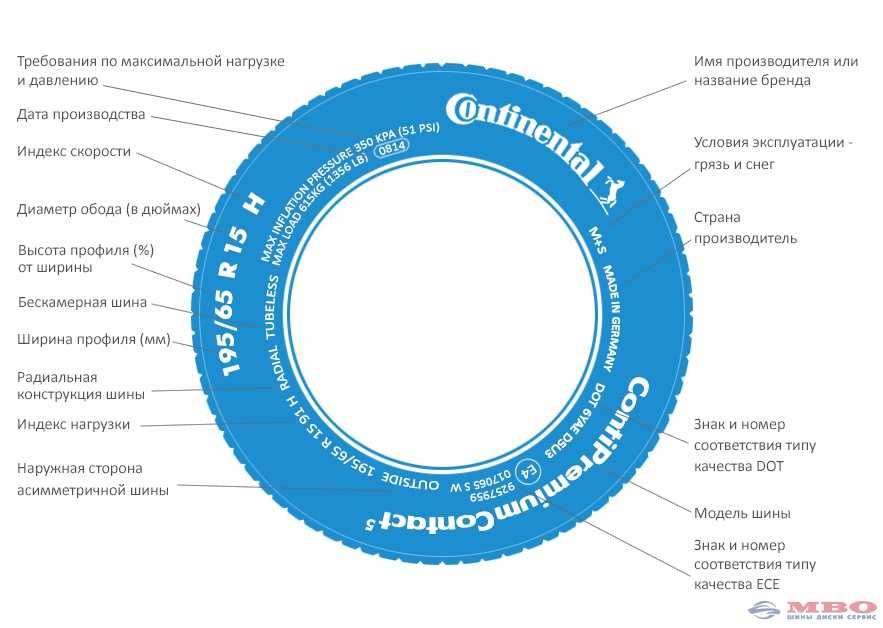 Flotation sized tires are similar to LT-Metric tires in application except for a few important points. Number one, they cannot be used in dual applications and number two, an equivalent size tire may have different load capacity than its LT-Metric counterpart.
Flotation sized tires are similar to LT-Metric tires in application except for a few important points. Number one, they cannot be used in dual applications and number two, an equivalent size tire may have different load capacity than its LT-Metric counterpart.
The first number in the Flotation tire size is the overall diameter in inches. Pretty straight forward.
The second number is the section width (sidewall to sidewall) measurement in inches. Again, fairly simple.
After the section width comes a letter that indicates the type of internal construction: 33X12.50R17LT 120Q.
This is the same as is found in the metric sizing systems.
There are two types of construction that you may see on the sidewall of a tire:
Radial tires are the most common tires on the road in the United States today; thus “R” will usually be shown in the tire size designation.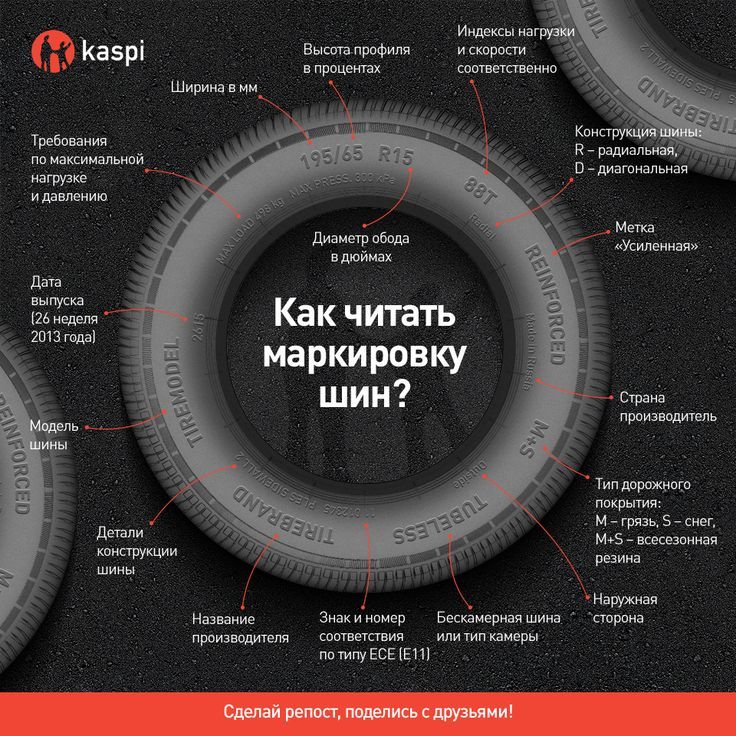 Radial construction means the tire’s internal ply cords are oriented in a radial direction, from one bead over to the other, essentially perpendicular to the direction of rotation.
Radial construction means the tire’s internal ply cords are oriented in a radial direction, from one bead over to the other, essentially perpendicular to the direction of rotation.
The next number is the diameter code, in inches, of the rim onto which the tire can be mounted. For example, a tire with the 33X12.50R17LT 120Q would fit a rim with a 17-inch diameter.
The letters LT will be after the Rim Diameter indicating that this tire type is intended for Light Truck vehicles similar to the LT-Metric and Euro-Metric Commercial (C-Type) tires.
Load Index and Speed Rating have the same meaning and format as the tires using the metric sizing system. Note that since flotation tires cannot be used in a dual application there will be only one load index number instead of two.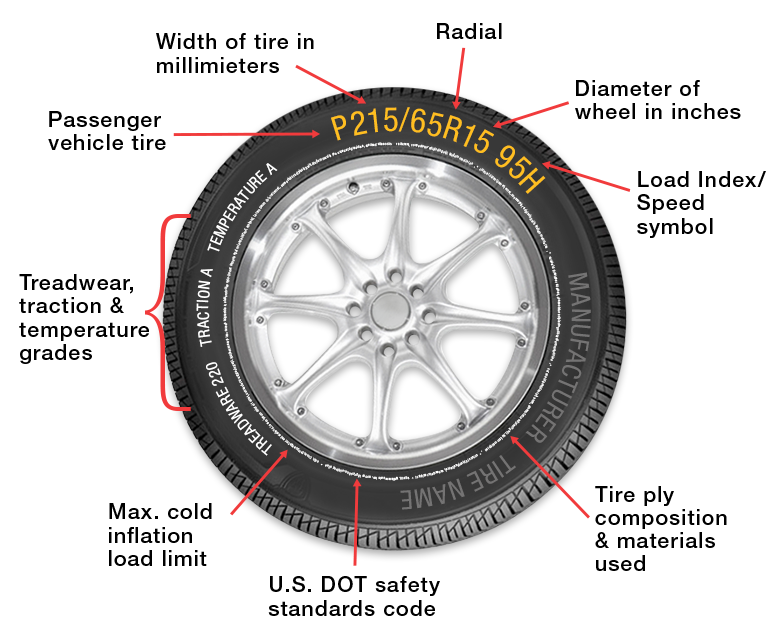
Another group of stamping on certain types of tires is the Uniform Tire Quality Grading or UTQG. This grading and stamping is required for passenger car tires (i.e. P-metric and Euro-metric) in the all season and summer categories. Dedicated winter tires, Light Truck (LT-Metric, Euro-Metric Commercial, Flotation) and Motorcycle tires are excluded from this requirement.
Quality grading is designed to make the tire purchase decision easier for you. Ideally, the system is intended to provide simple, comparative data so you can make an intelligent buying decision. However, the ratings are based upon test results achieved under special conditions. This means it’s possible to misinterpret the comparative data as it relates to your individual driving habits, conditions, etc. You should still rely on your service or tire professional for assistance.
Quality grading designates the comparative performance levels of a tire based on government-specified tests but commissioned by the individual tire manufacturers.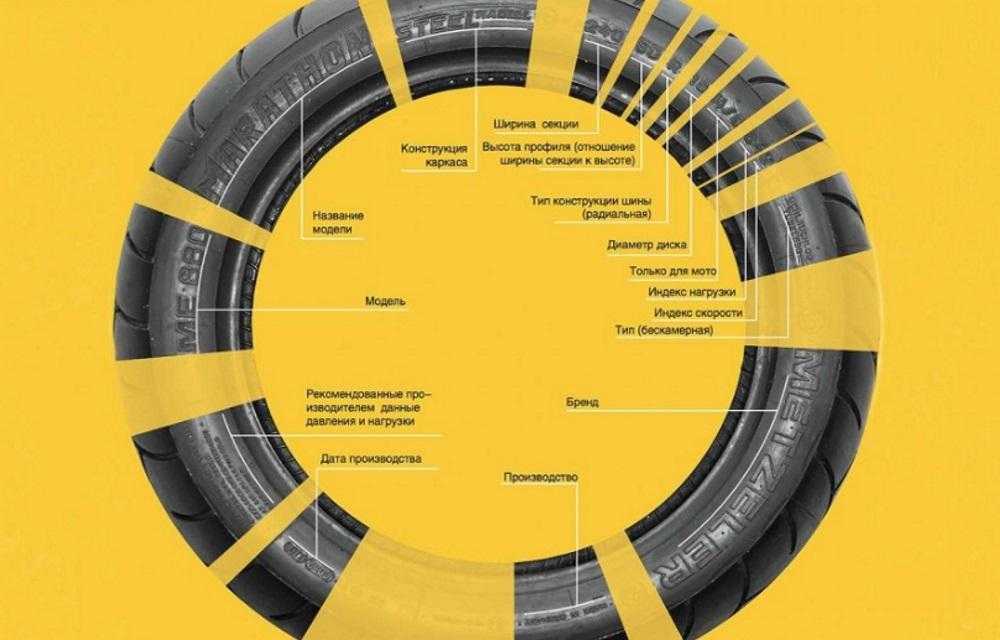 All tire manufacturers are required to grade regular and all-season passenger tires in three categories:
All tire manufacturers are required to grade regular and all-season passenger tires in three categories:
UTQG
Treadwear
The treadwear grade is a comparative rating based on the wear rate of the tire when tested under controlled conditions on a specified government test course for 6,000 miles (9,600 km). For example, a tire graded 150 would wear one and a half times as well on the government course as a tire graded 100. However actual tire performance depends on driving habits, road characteristics, service practices, and other factors that can influence the outcome.
Traction Grades AA, A, B and C
The traction grades from highest to lowest are AA (the highest), A, B and C. They represent how well tires stop on wet pavement as measured under controlled conditions on specified government test surfaces of asphalt and concrete. C-rated tires will have the lowest traction performance.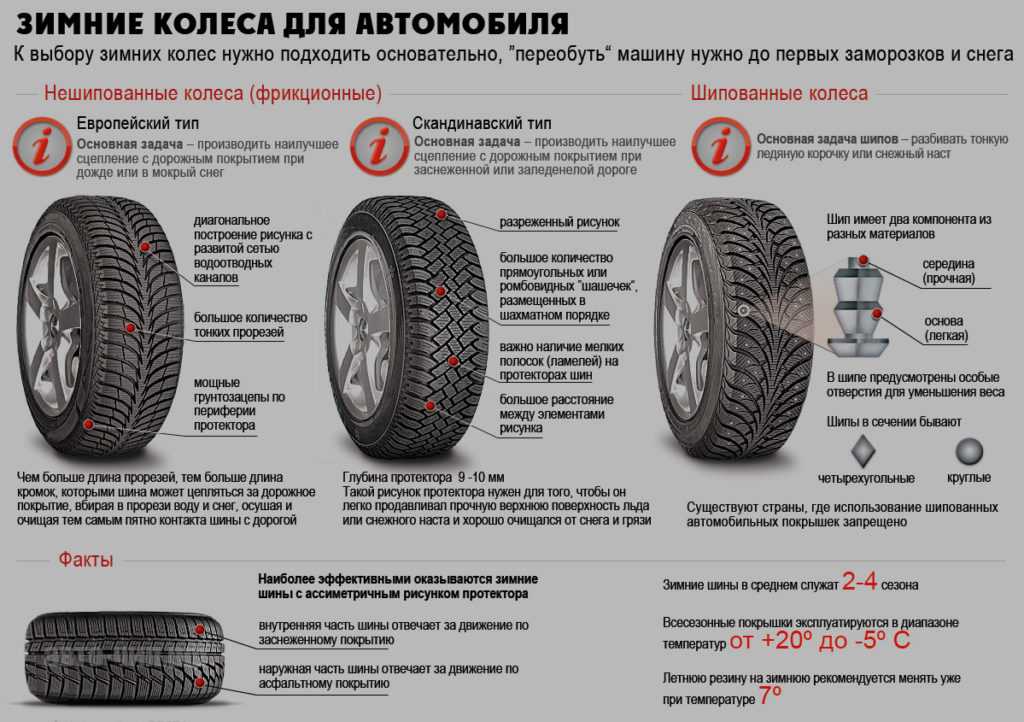
WARNING: THE TRACTION GRADE ASSIGNED IS BASED ON A WET BRAKING (STRAIGHT AHEAD) TRACTION TEST AND DOES NOT INCLUDE CORNERING (TURNING) TRACTION.
Temperature Grades A, B and C
The temperature grades A, B, and C represent the tire's resistance to the generation of heat and its ability to dissipate heat when tested under controlled conditions on a specified indoor laboratory test wheel. Sustained high temperature can cause the tire’s material to degenerate and reduce tire life, and excessive temperature can lead to sudden tire failure. The grade C corresponds to a performance level all passenger car tires must meet under the Federal Motor Vehicle Safety Standard No. 109. Grades A and B represent higher levels of performance on the laboratory test wheel than the minimum required by law.
WARNING: THE TEMPERATURE GRADE IS ESTABLISHED FOR A TIRE THAT IS PROPERLY INFLATED AND NOT OVERLOADED. EXCESSIVE SPEED, UNDER INFLATION, OR EXCESSIVE LOADING, EITHER SEPARATELY OR IN COMBINATION, CAN CAUSE HEAT BUILDUP AND POSSIBLE TIRE FAILURE.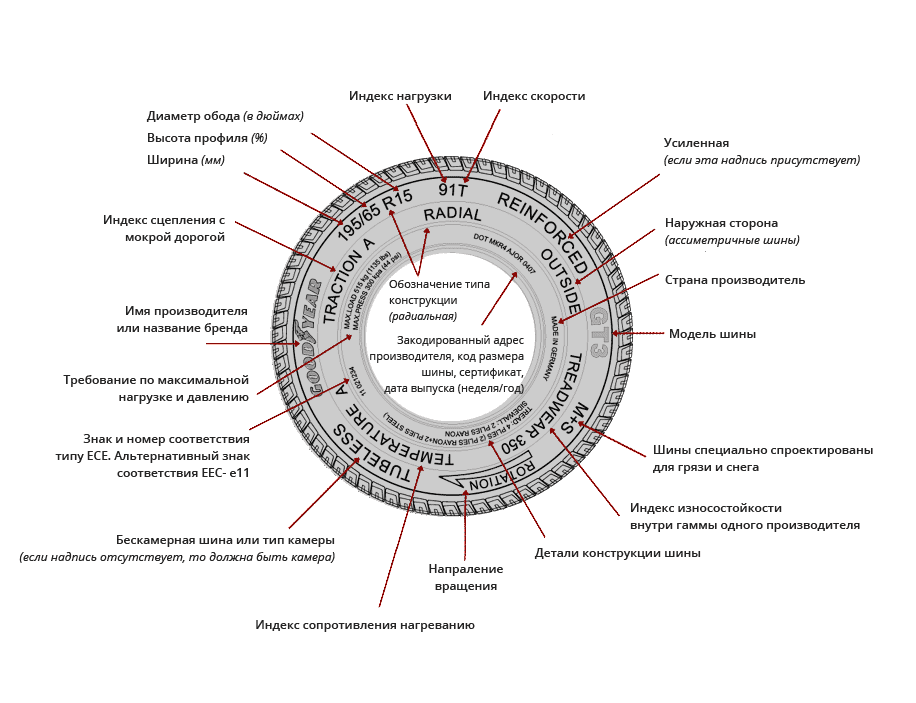
DOT Quality Grades
All passenger car tires must conform to other federal requirements in addition to these grades.
Learn about our mission, our achievements, and our ongoing commitments
Read Our Origin Story
Tire size can be confusing. Some numbers on the sidewall are listed in millimeters while others are inches. Plus, the right size for your car, truck, or trailer can differ depending on where and how you drive.
You can see your original equipment tire size in your owner’s manual or on the placard generally located on the driver’s side door jam. This is the sizing recommended by the vehicle manufacturer.
If you’re interested in switching out your tires for a different look or performance, a good place to start is the numbers and other indicators on your existing tires’ sidewall. Next, have a tire professional help you determine a tire size range that will fit your vehicle and driving needs.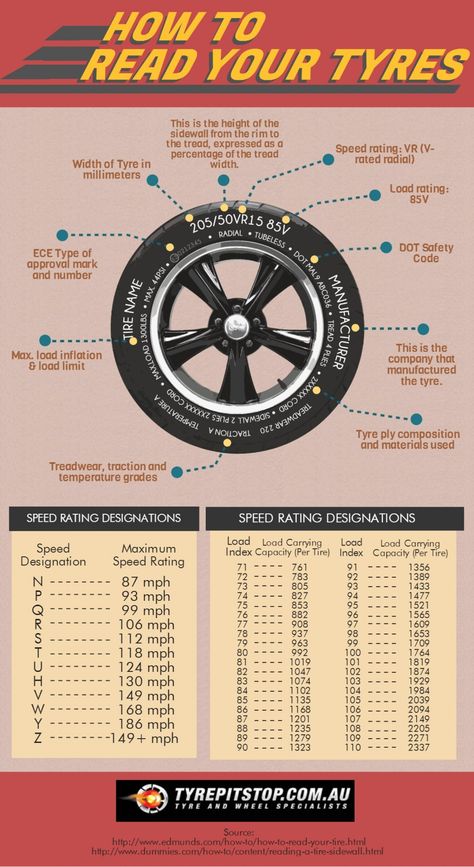
Here’s what those numbers and indicators on the sidewall indicate and how to understand them:
A: TIRE TYPE The first letter in the code tells you what class of tire it is.
P stands for passenger vehicle tire. P-class tires include cars, SUVs, crossovers, minivans and smaller pickup trucks.
LT means light truck tire, designed for vehicles that are capable of carrying heavy loads, towing trailers, or for those looking for an extra heavy duty option. These are often equipped on three-quarter or 1 ton trucks and SUVs.
ST stands for Special Trailer. These tire sizes are meant for trailers, including fifth wheels and other travel trailers, as well as boat and utility trailers.
If there’s no letter before the first number, you have a metric tire most commonly referred to as European size. It’s also measured in millimeters but may have a different load capacity than a P or LT tire.
B: TIRE WIDTH The three-digit number following the letter is the tire’s width (from side to side, looking at the tire head on) in millimeters. This may also be referred to as the section width.
C: ASPECT RATIO The forward slash separates the tire width number from the two-digit aspect ratio. The bigger the aspect ratio, the higher/taller the tire’s sidewall, or “profile” as it’s sometimes called.
The aspect ratio is indicated on the tire sidewall as a percentage. It’s the height of the sidewall measured from wheel rim to top of the tread, expressed as a percentage of tire width.
In this example, the aspect ratio is 65, meaning the sidewall is 65 percent as high as the tire is wide. To get the sidewall height, take the tire width of 215 mm and convert it to inches (8.46). Then multiply this by 65% (.65). This gives you an answer of 5.5, the sidewall height in inches.
D: CONSTRUCTION TYPE This single letter tells you about the internal construction of the tire.
R is for radial tires, the industry standard for most tires today. They have better road grip, lower rolling resistance for better gas mileage, ride comfort and durability than previous generations of tires. In a radial tire, the plies — layers of strong cords made of a blend of polyester, steel and fabric and coated with rubber — are laid perpendicular to the direction of travel.
D is for tires built with diagonal (crisscrossed) plies, called bias-constructed tires. They are also called conventional, x-ply, or cross-ply tires. Some motorcycle and trailer tires still use this internal construction.
Some run-flat tires are identified with an F followed by the type of internal construction.
E: WHEEL DIAMETER This two-digit number specifies wheel diameter in inches. It’s the distance between the two bead seat areas (where a tire gets tightly sealed onto the wheel).
F: LOAD INDEX The two-digit or three-digit number that follows the gap specifies tire load index.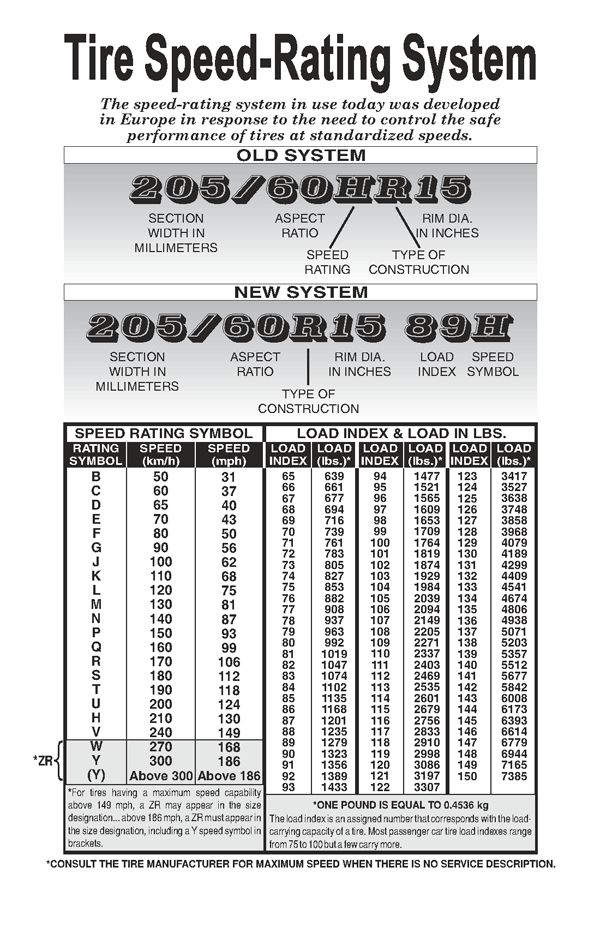 The load index symbol indicates how much weight a tire can support, based on the following standard chart. In our example, the load index is 89, which indicates the tire has a load capacity of 1,279 pounds, when inflated to the tire’s maximum air pressure rating.
The load index symbol indicates how much weight a tire can support, based on the following standard chart. In our example, the load index is 89, which indicates the tire has a load capacity of 1,279 pounds, when inflated to the tire’s maximum air pressure rating.
G: SPEED RATING The last letter is the tire speed rating. This indicates the top speed it’s safe to travel at for a sustained amount of time. A tire with a higher speed rating can handle heat better and provide more control at faster speeds. The maximum operating speed of a vehicle is no more than the lowest speed rating of all tires mounted on the vehicle. (Of course, you should always abide by speed limits for safer driving.) Speed rating is usually, but not always, a single letter (see the chart).
Below you will find several charts that will help you understand tire sizing numbers, including a load index chart and speed rating chart.
A tire size calculator is a quick way to see whether the tire size you’re considering will likely fit your car, SUV, sports car, light truck or crossover.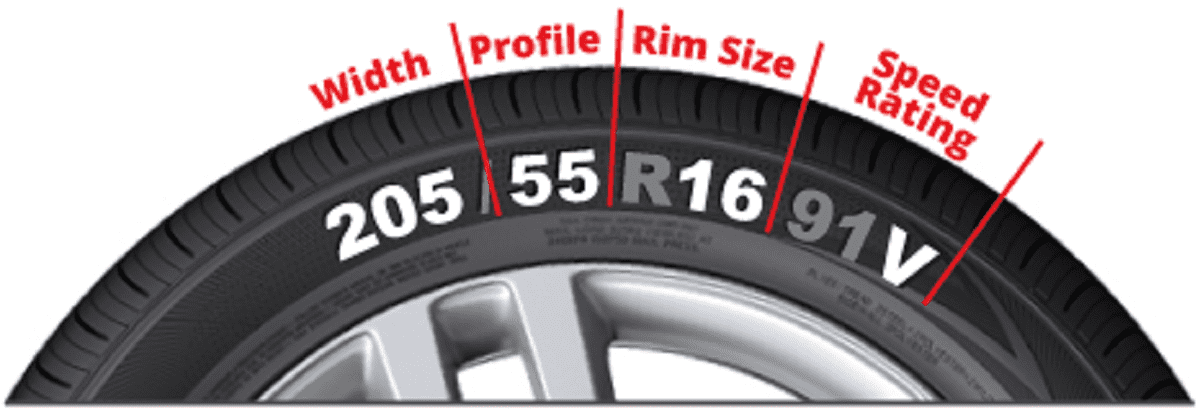
But remember that is only an estimate. It’s important to stay within the sizing tolerances of your vehicle. Tires that are the wrong size could cause some pull in the steering wheel, rub against the suspension or body of your vehicle, reduce clearance on hills, or result in a stiffer or noisier ride.
If you’re considering mounting a different tire size on your vehicle, check with a tire expert. Find out whether the tires and wheels you have your eye on are the right fit for your vehicle’s suspension, gearing, and bodywork. And ask how any differences in revolutions per mile, tire speed, load index, and speed rating will affect your ride quality and vehicle performance.
See how new tires and rims will look on your car or truck using our Virtual Wheels simulator, available at any Les Schwab.
Find Your Store
Excessive or insufficient tire pressure reduces the safety of road users, increases tread wear and increases gas mileage.
Therefore, car manufacturers recommend keeping tires in good shape by inflating them only to the desired pressure. But how can this figure be determined? After all, not all drivers know how to use a pressure gauge without the risk of a flat tire. And if you're not one of them or don't want to mess around with mechanical pressure gauges, a tire pressure monitoring system, which is abbreviated as TPMS, will suit you. nine0003
TPMS is part of the vehicle control system. Specifically, this system monitors the pressure in all tires of a car, with the exception of the spare tire. When the pressure drops below the level invested in the system memory, the driver receives a special signal. It continues to disturb the conscience and nerves of the driver until the pressure in the chamber or tire reaches a safe level.
Until 2008, wheel pressure sensors were installed only in individual cars. However, after analyzing the causes of the accident, this system became mandatory for all new cars sold in the United States.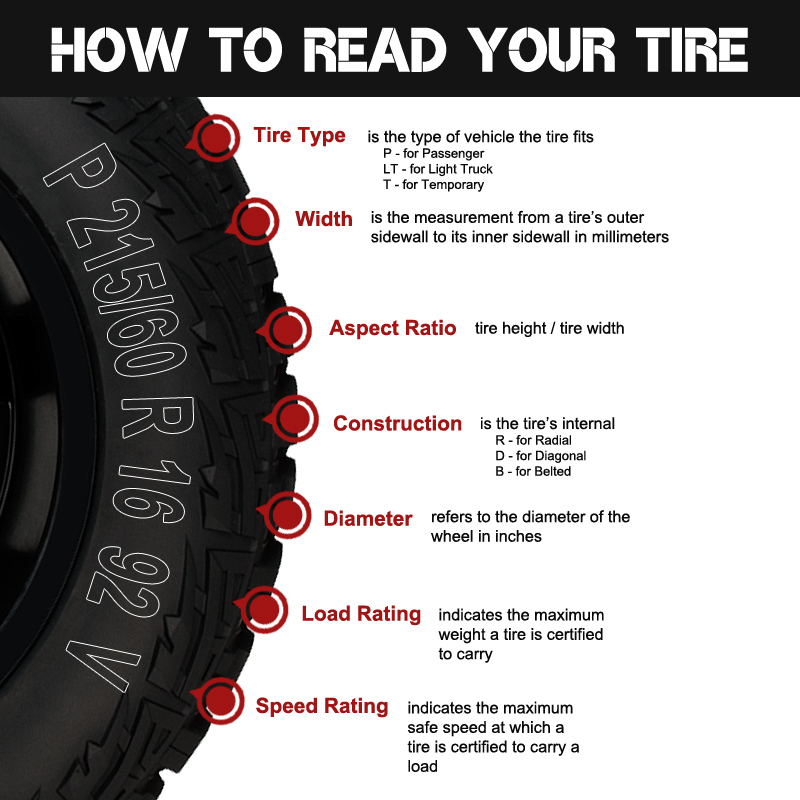 Since November 2014, this practice has been picked up in the European Union. From that moment on, the TPMS system has become a mandatory element of every decent car. nine0003
Since November 2014, this practice has been picked up in the European Union. From that moment on, the TPMS system has become a mandatory element of every decent car. nine0003
In fact, this monitoring scheme was developed a relatively long time ago - back in the 20th century, but it was implemented only in military equipment and special vehicles. Therefore, the appearance of TPMS in civilian technology is a classic example of arms conversion.
The control system is based on two laws of physics. The first law states that a change in pressure in a car tire leads to an increase or decrease in the circumference of the tread. According to the second law, with an increase or decrease in the circumference, the speed of rotation of the wheel also changes. nine0003
If you put a wireless (or wired) sensor on the axle of the wheelset that records the speed of the wheel, and output the signal from this controller to the control panel, which has the correct speed stored in the memory, then in the process of continuous comparison of the actual and reference indicators, TPMS will be able to track the pressure in a car tire. In addition, the control sensor can be placed directly on the valve. It then reads the information directly, transmitting it to the control panel wirelessly. nine0003
In addition, the control sensor can be placed directly on the valve. It then reads the information directly, transmitting it to the control panel wirelessly. nine0003
By installing TPMS in the car, the driver will be able to control the pressure in the tire with an accuracy of the atmosphere. Due to this, it can prevent uneven wear of the tread and a drop in the level of grip with the roadway.
A well-timed drop in pressure will save you from the most common “technical” cause of an accident - the failure of a flat tire from the disc on the go. That is why the Tire Pressure Monitoring System has become a mandatory part of automotive electronics in both the US and the EU. nine0016
In addition to increased safety, the pressure monitoring system provides the following benefits:
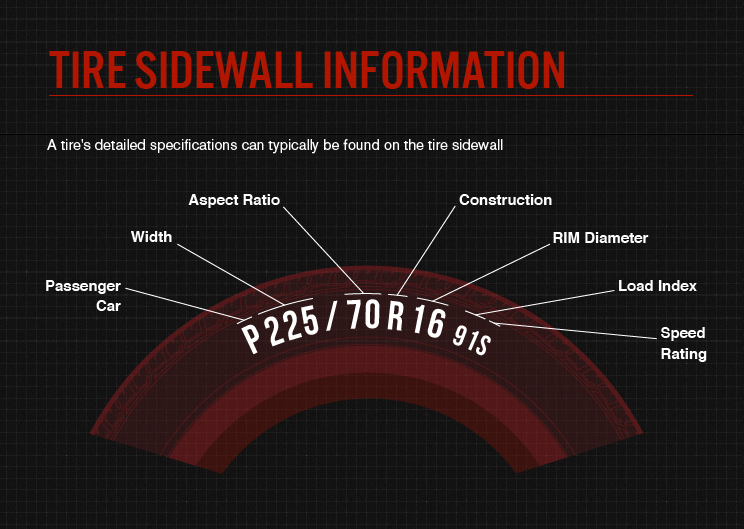
These benefits are guaranteed by Tire Pressure Monitoring System of any design. Therefore, TPMS manufacturers strive to attract the attention of customers by releasing a wide range of models with personal benefits.
The whole variety of wheel monitoring systems can be divided into two conditional groups: installations with direct measurements and controllers of indirect parameters. In the first case, the main controller of the car wheel parameters is a pressure sensor that replaces the tire valve.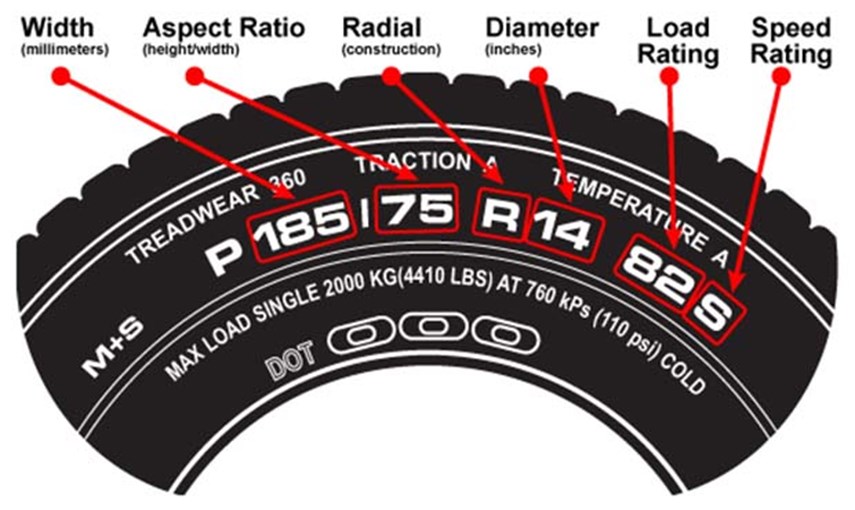 In the second case, the wheel speed is monitored - an indirect parameter related to tire pressure.
In the second case, the wheel speed is monitored - an indirect parameter related to tire pressure.
Installing a direct controller guarantees maximum measurement accuracy, and such systems control each wheel individually. Direct TPMS displays information on the number of atmospheres in each tire on the control panel screen, and these data are fed in real time, so any deviations from the reference parameters are immediately noticeable. nine0003
Installing an indirect controller allows you to fix the very fact of the failure, so a flat tire can only be found at the service station, during the pressure check in each tire. Because of this, the owners of indirect systems ignore the signals of the controller until the last moment, saving on a visit to the service station.
If you want to increase the level of safety, buy a direct control system with any type of sensors.
Direct system operates external and internal sensors of the following type:
 Moreover, the control in this case is carried out visually. In normal condition, the top of the controller is green. When the pressure changes, a red mark appears at the top. To monitor the wheels, you will have to walk around the car and look at each sensor.
Moreover, the control in this case is carried out visually. In normal condition, the top of the controller is green. When the pressure changes, a red mark appears at the top. To monitor the wheels, you will have to walk around the car and look at each sensor. The mechanical system can only operate with an external controller. Electronics can work with wireless sensors of external and internal type. Moreover, both external and internal sensors have their pros and cons.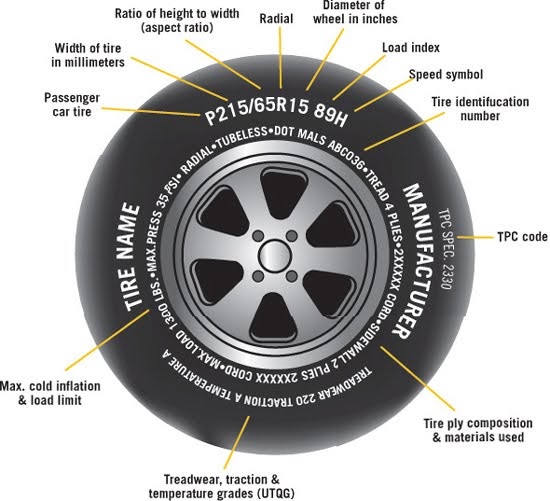 Therefore, before buying a specific TPMS model, the driver should understand the pros and cons of each option. nine0003
Therefore, before buying a specific TPMS model, the driver should understand the pros and cons of each option. nine0003
Winter Drive protection
Tires Goodyear UltraGrip Arctic 2 SUV
Winter Drive Protection Sound Comfort
Rating:
4.5
Tires Goodyear UltraGrip Ice 2
Winter Drive protection
Tires Goodyear UltraGrip Performance+ SUV
Winter Drive protection
Tires Goodyear UltraGrip Arctic 2
Winter Drive Protection Run On Flat Sound Comfort
nine0002 Tires Goodyear UltraGrip Performance+ External wireless TPMS sensor is mounted at the request of the car owner.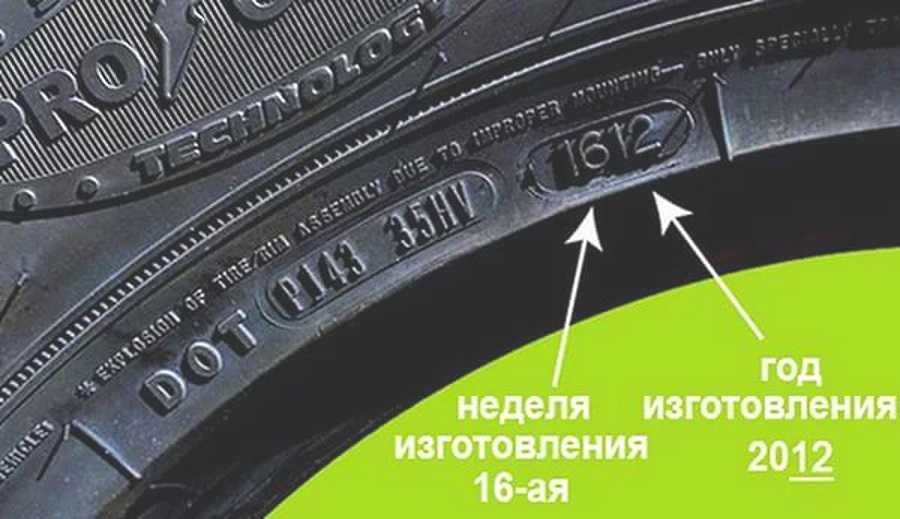 It is put in place of the spool or cap. Such a controller performs two functions - it works both as a shut-off valve and as part of a measuring device. This duality has a not-so-pleasant downside. Such controllers are characterized by false positives. They may show an incorrect value or fail due to external factors. This is the strongest drawback of external devices. nine0003
It is put in place of the spool or cap. Such a controller performs two functions - it works both as a shut-off valve and as part of a measuring device. This duality has a not-so-pleasant downside. Such controllers are characterized by false positives. They may show an incorrect value or fail due to external factors. This is the strongest drawback of external devices. nine0003
The advantages of external controllers include versatility and low price. The sensor-cap can be put on any nipple. Moreover, the price of a set of external devices is commensurate with the cost of one internal sensor. However, chasing cheapness, you can lose the entire external kit - such controllers are stolen even more often than wipers.
Internal controllers are mounted both at the request of the car owner and at the direction of the vehicle manufacturer. Moreover, today the decision to install this device in a car older than 2014 was made by literally all automakers.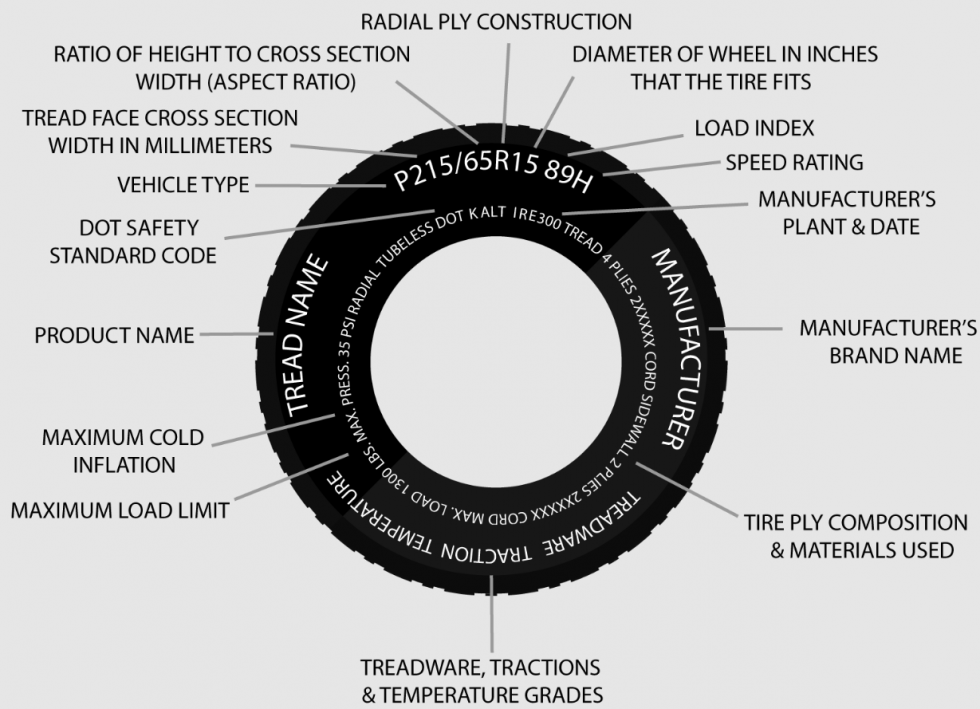 Therefore, it can be found even in budget models of passenger cars. nine0003
Therefore, it can be found even in budget models of passenger cars. nine0003
In this case, the internal control scheme guarantees two major advantages at once. Firstly, such a device performs only a controlling function. It does not work as a locking unit, so its accuracy is not affected by external factors. Secondly, the internal placement eliminates the possibility of stealing the controller. It is simply not visible from the outside.
The only disadvantage of this accommodation option is the price. However, the ability to integrate the sensor into the car's wireless system partially solves that problem, allowing you to save on the control panel and display. nine0003
In addition to sensors, the format of the control panel also affects the choice of control system. After all, the very possibility of warning the driver about an emerging problem with tire pressure depends on its information content.
Owners of external and internal controllers can purchase simple remotes that provide visual and audible warning of a problem.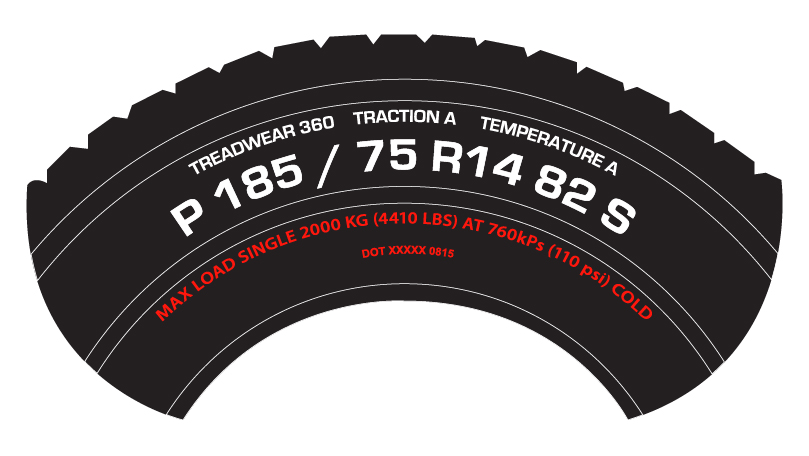 In such a remote control there is a control unit and two LEDs - green and red. When changing colors, the driver should check the tires in a car service. nine0003
In such a remote control there is a control unit and two LEDs - green and red. When changing colors, the driver should check the tires in a car service. nine0003
In addition to simple, single-signal TPMS consoles, they are equipped with more complex devices that display information on the pressure in each wheel. In addition to this information, such a remote control can show the temperature overboard, date and time, replacing the car clock. Moreover, a cigarette lighter socket is used to power such a remote control.
The most advanced controllers are equipped with a wireless communication module that allows you to synchronize the TPMS with the driver's smartphone. In this case, the owner of the machine does not need a separate control panel. He can set up the sensors to work with the phone using a special application. nine0003
Mechanical controllers are not calibrated or adjusted. You insert them in place of a conventional spool, and then inflate the tire to the desired pressure. After that, the cap of the mechanical shut-off and control device changes color (to a green color), which indicates the completion of the setting.
You insert them in place of a conventional spool, and then inflate the tire to the desired pressure. After that, the cap of the mechanical shut-off and control device changes color (to a green color), which indicates the completion of the setting.
The electronic sensors will take some more fiddling around by doing the following:
Once the calibration is complete, the driver can use the machine as he pleases. The controllers and the remote control will monitor the condition of the wheels in real time, powered by the cigarette lighter. If one of the tires starts to poison, the sensor will send a message to the control panel or smartphone of the car owner. After that, he will have to decide whether to replace or repair the wheel. Moreover, after repair or any other tire fitting work, the calibration and configuration of the controller must be performed again. nine0003
The controllers and the remote control will monitor the condition of the wheels in real time, powered by the cigarette lighter. If one of the tires starts to poison, the sensor will send a message to the control panel or smartphone of the car owner. After that, he will have to decide whether to replace or repair the wheel. Moreover, after repair or any other tire fitting work, the calibration and configuration of the controller must be performed again. nine0003
When it comes to monitoring parameters such as vehicle speed and fuel consumption a, a reliable and proven solution is to install an auto tracker and a fuel level sensor. nine0003
If you need access to information such as engine speed, mileage, coolant temperature and other data from the on-board computer, this task is more like a creative one.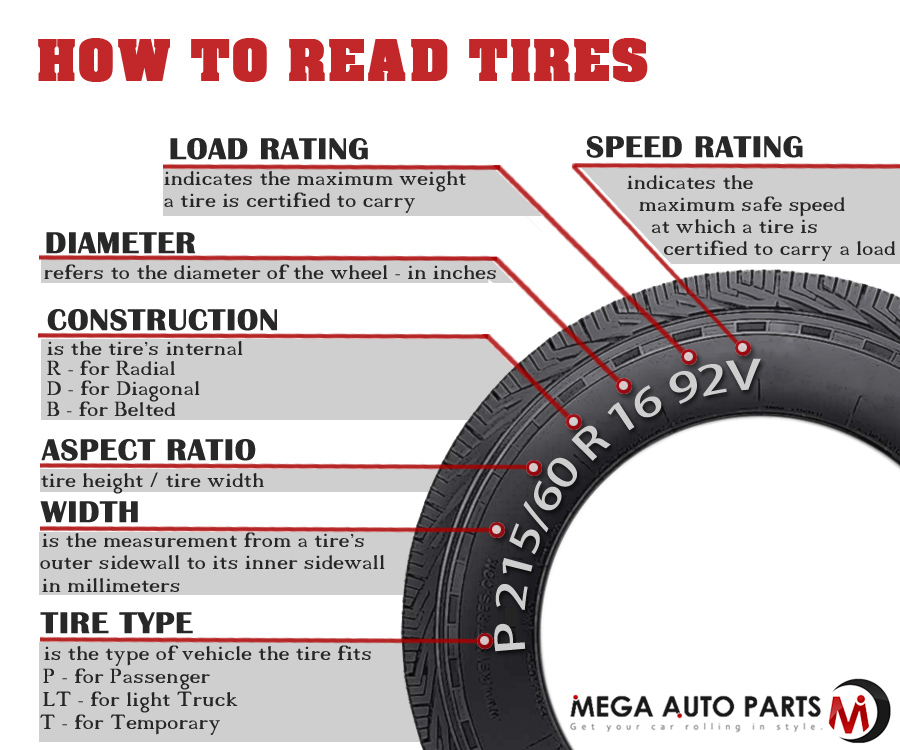
It would seem that it could be more logical: if the car already has all the necessary sensors, then why install new ones? Almost all modern cars (especially when it comes to personal business-class cars and expensive special equipment) are regularly equipped with sensors, information from which enters the on-board computer. nine0247
The only question is how to access this information. For a long time this problem remained unresolved. But now more and more highly qualified engineers are working on the satellite monitoring market, who are still able to find a solution to the problem of correctly obtaining data such as:
The solution we will talk about in this article is reading data from the car's CAN bus.
CAN (Controller Area Network - a network of controllers) is a popular industrial network standard focused on combining various actuators and sensors into a single network, widely used in automotive automation. Today, almost all modern cars are equipped with the so-called digital wiring - the automotive CAN bus. nine0003
Today, almost all modern cars are equipped with the so-called digital wiring - the automotive CAN bus. nine0003
The task of reading data from the CAN bus appeared as a consequence of the problem of optimizing the cost of operating vehicles.
In accordance with typical customer requests, vehicles and special equipment are equipped with a satellite GLONASS or GPS monitoring system and a fuel turnover control system (based on submersible or ultrasonic fuel level sensors).
But practice has shown that customers are increasingly interested in more economical ways of obtaining data, as well as those that would not require serious intervention in the design and electrics of the car. nine0003
This solution was to receive information from the CAN bus. After all, it has a number of advantages :
1. Savings on additional devices
No need to incur significant costs for the purchase and installation of various sensors and devices.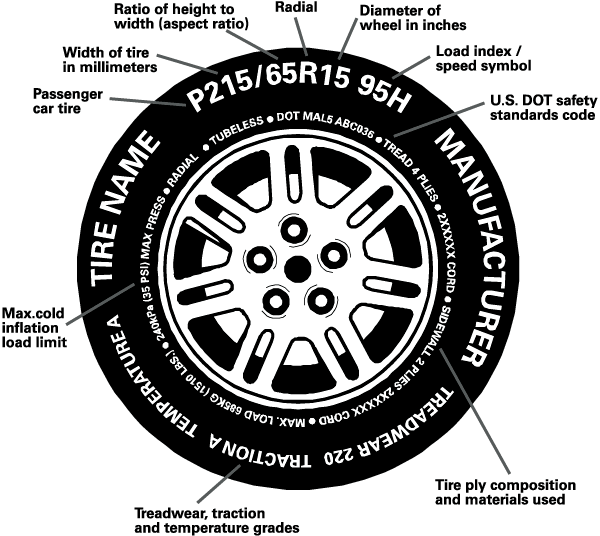
2. Preservation of the vehicle warranty
Detection by the manufacturer of third-party interference in the design or electrics of the car threatens with an almost guaranteed removal of the vehicle from the warranty. And this is clearly not in the sphere of interests of car owners. nine0003
3. Obtaining access to information from standardly installed electronic devices and sensors.
Depending on the vehicle's electronic system, a certain set of functions may be implemented as standard. All these functions, theoretically, we can access via the CAN bus. This can be mileage, fuel level in the gas tank, door opening / closing sensors, temperature outside and in the cabin, engine speed, speed, etc. nine0247
Skysim technicians chose Galileo Glonass to test this solution. It has a built-in FMS decoder and can read information directly from the vehicle's CAN bus.
Advantages:
• Ability to work in hard real time.
• Ease of implementation and minimal cost of ownership. nine0247 • High immunity to interference.
• Robust transmission and reception error control.
• Wide range of operating speeds.
• Wide spread of technology, availability of a wide range of products from various vendors.
Disadvantages:
• The maximum network length is inversely proportional to the baud rate.
• Big size of service data in a packet (relative to payload data).
• Lack of a single, generally accepted standard for a high-level protocol. nine0003
The networking standard provides ample opportunity for virtually error-free data transfer between nodes, leaving the developer free to invest in this standard everything that can fit there. In this respect, the CAN bus is like a simple electrical wire. There you can "push" any flow of information that can withstand the bandwidth of the bus.
Examples of sound and image transmission via the CAN bus are known. There is a known case of creating an emergency communication system along a road several tens of kilometers long (Germany). (In the first case, a high transmission rate and a small line length were needed, in the second case, vice versa). nine0247
There is a known case of creating an emergency communication system along a road several tens of kilometers long (Germany). (In the first case, a high transmission rate and a small line length were needed, in the second case, vice versa). nine0247
Manufacturers usually do not advertise exactly how they use the useful bytes in the package. Therefore, the FMS device cannot always decrypt the data that the CAN bus “gives away”. In addition, not all car brands have a CAN bus. And not even all cars of the same make and model can produce the same information.
Not so long ago, Skysim, together with a partner, implemented a large project to monitor vehicles. There were various foreign-made trucks in the park. In particular, Scania p340 trucks. nine0003
In order to analyze the process of receiving data from the CAN bus, we, in agreement with the customer, carried out the relevant studies on three Scania p340 vehicles: one from 2008, the second from early 2009 and the third from late 2009.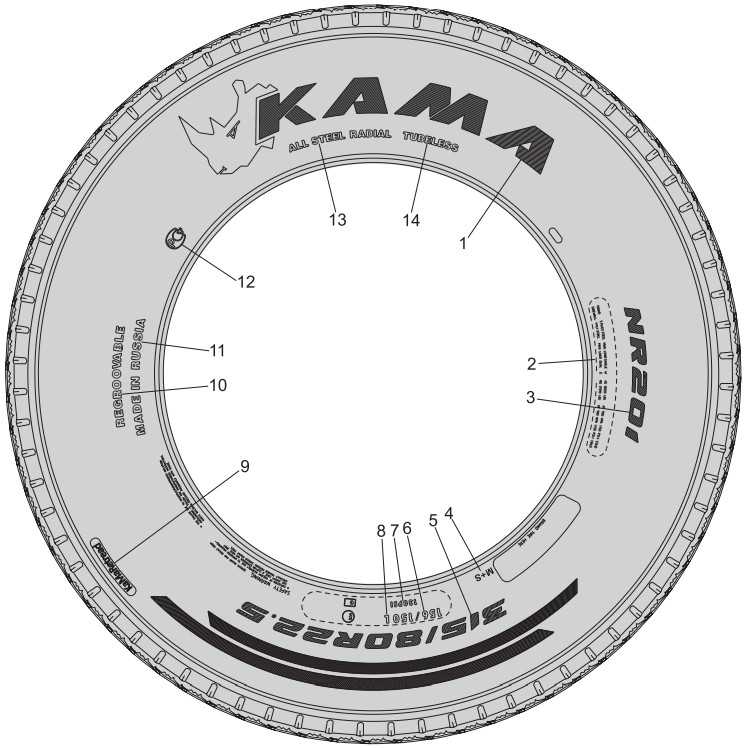
The results were as follows:
The figure shows a message fragment from the Wialon information system, where:
Fuel_level – fuel level in the tank in %;
Temp_aqua - Coolant temperature in degrees Celsius;
Taho - Data from the tachometer (rpm).
The solution implementation schedule was as follows:
1. The Galileo GLONASS/GPS navigation device was connected to the CAN bus of the trucks.
This autotracker model was chosen due to the optimal combination of functionality, reliability and cost. In addition, it supports FMS (Fuel Monitoring System) - a system that allows you to register and monitor the main parameters of the use of the vehicle, i.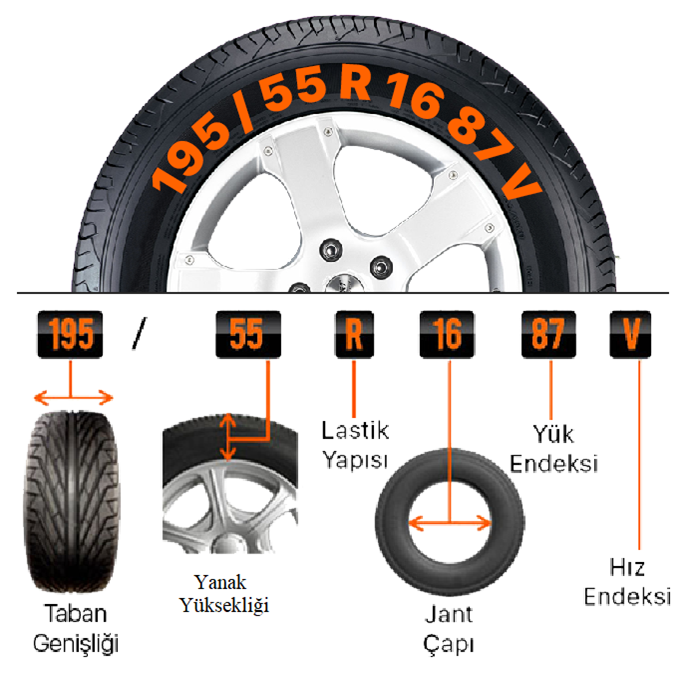 e. suitable for connection to the CAN bus. nine0003
e. suitable for connection to the CAN bus. nine0003
The diagram for connecting to the CAN bus from the Galileo device can be found in the user manual. To connect from the side of the car, it is necessary, first of all, to find a twisted pair of wires suitable for the diagnostic connector. The diagnostic connector is always accessible and is located close to the steering column. In the 16-pin OBD II connector, this is 6-CAN high, 14-CAN low. Please note that the voltage for the High wires is approximately 2.6-2.7V, for the Low wires it is usually 0.2V less. nine0003
_____________________________________________________________________________
Another unique solution that was used to read data from the CAN bus was the contactless data reader CAN Crocodile (manufactured by JV Technoton, Minsk). It works great with Galileo instruments.
Benefits of CAN Crocodile technology:
• CAN Crocodile allows you to receive vehicle data from the CAN bus without interfering with the integrity of the bus itself.
• Data reading takes place without mechanical or electrical contact with wires.
• CAN Crocodile is used to connect GPS/GLONASS monitoring systems to the CAN bus, which receive information about engine operating modes, sensor status, faults, etc.
• CAN Crocodile does not break the insulation of the CAN wires and "listens" to the bus exchange using a special wireless receiver. nine0003
• Application of CAN Crocodile is absolutely safe for the car, imperceptible for the on-board computer, diagnostic scanner and other electronic systems. The use of CAN Crocodile is especially relevant for warranty vehicles, in which the connection of any electronic devices to the CAN bus often serves as a reason for voiding the warranty.
2. If the wires are detected and identified correctly, you can start running the CAN scanner in the Galileo device. nine0003
3. FMS standard is selected, the speed for most vehicles is 250,000.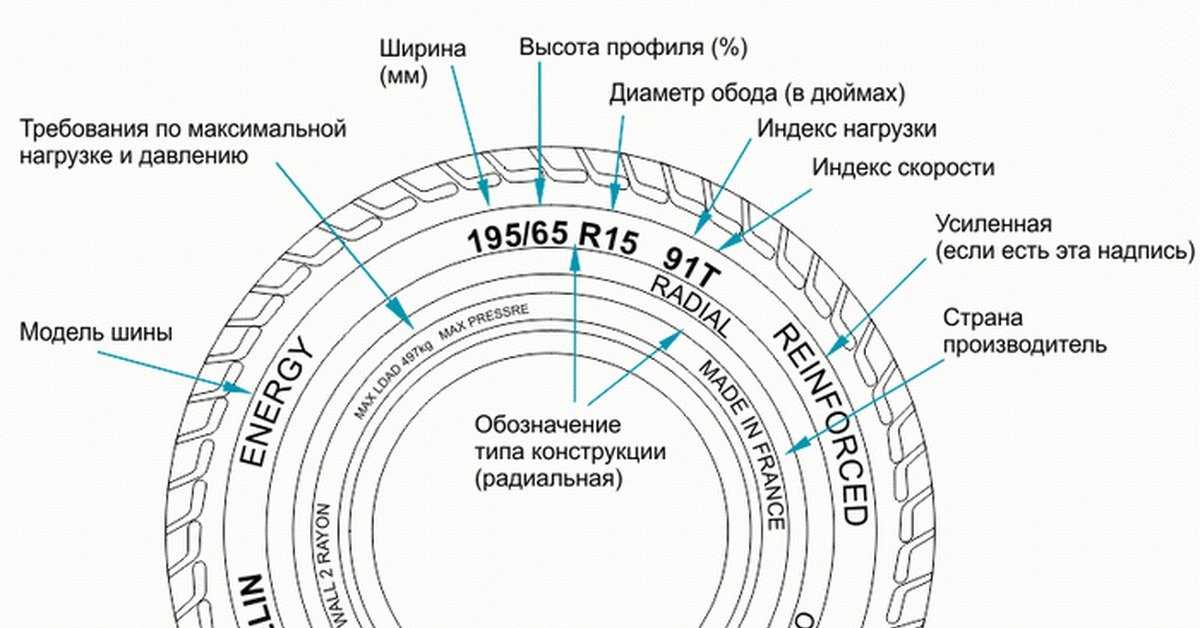
4. Scanning starts.
5. After scanning is completed, the transition to the main page of the configurator is made. If the scan is completed successfully, we get access to the decrypted data.
6. If you see nothing but “end scan”, there are several options. Either the connection was made incorrectly, or the car for some reason does not output data, or the device does not know the code of this CAN bus. As already mentioned, this happens quite often, since there is not yet a single standard for data transmission and processing via CAN. Unfortunately, as practice shows, it is not always possible to obtain complete data from the CAN bus. nine0003
That is why not every request to read data from the CAN bus can be fully implemented. We recommend our integrator partners to warn customers about this in advance in order to avoid unjustified expectations in the future.
But there is another point that is important to touch on.
Most often, the main goal of customers is to control the level and consumption of fuel.
The fact is that the main purpose of standard fuel level sensors is to give an assessment with the degree of accuracy that seems correct to the vehicle manufacturer. This accuracy cannot be compared with the accuracy provided by the submersible fuel level sensor (FLS) produced by Omnicomm or, for example, Technoton .
One of the main tasks that a regular FLS solves is to ensure that the fuel does not suddenly run out, and the driver understands the general situation with the fuel level in the tank. It is difficult to expect great accuracy from a standard float sensor that is simple in its design. In addition, there are cases when the standard sensor distorts the data (for example, when the vehicle is located on a slope).
For a number of the above reasons, we recommend not to rely entirely on the readings of standard fuel level sensors, but to consider each situation individually.